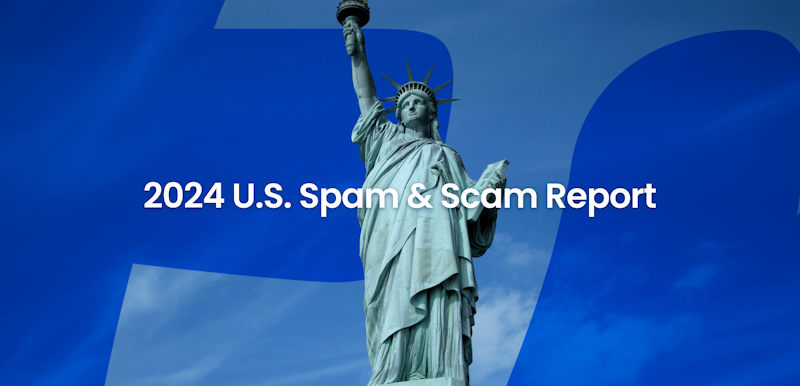
Spam Calls – the Evolution From Meat to Calls
Agnes Lindberg
Jul 9, 20213 min readEdited on May 18, 2022
SPAM, SPAM, SPAM, SPAM, SPAM & SPAM. You might not remember Monty Python’s sketch, but you probably know about spam calls and what they mean in today’s society. Funnily enough, it was that Monty Python sketch that gave spam calls their name, but they’ve been around much longer.
Truecaller identifies billions of spam calls and messages, so we are in the business of fighting spam on a daily basis. But where did the term spam come from, and why do we have so much of it plaguing our digital space?
First, let’s just briefly cover the word spam. Spam is the name of the canned meat that became popular in the U.S. during WW2 due to a lack of other options. Spam is pressed pork with salt and preservatives in a can. You probably didn’t get hungry from reading this, so let’s return to why we’re here: spam calls and messages.
The history of Caller ID
The rise of spam calls can be traced back to the 70s when the telemarketing industry grew. Back then, calls were made directly to landlines and in the beginning, you had no clue who would be on the other line. Enter Caller ID, which became big because it helped in identifying what number was calling . Since there was no Truecaller around, it was still a guessing game in many cases. This is why two friends, Alan Mamedi and Nami Zarringhalam, decided to release their new app in 2009. They wanted to know who was calling them. We’ve come a long way since then, but Caller ID is still one of the most loved features here at Truecaller.
It’s hard to grasp how big of a problem spam calls are globally. When we first released our yearly report about spam calls four years ago, we could see that Truecaller users reported and identified 40 million spam numbers and 3 billion spam messages. Compare that to 2020, where we blocked 31.3 billion spam calls and 12.8 billion spam messages. In the U.S., they rise when tax season starts, and it’s important to know what you could be facing when it comes to tax scam calls.
So why does it feel like spam calls are increasing?
They most likely are. Truecaller’s data shows that there was an increase of 18 % for spam calls between 2019 and 2020. The best way to make sure you’re protected from spam is to download Truecaller. That way you will be alerted even before the call if it is a spam call.
Spam calls can also be connected to events that take place on a global scale. One example of this was the rise connected to the COVID-19 pandemic . In these serious times you want to focus on the important things, not worrying about who is calling.
When we’re talking about spam calls, it’s easy to picture the businesses as villains but that’s not entirely true. There are many great companies out there. We’ve made it easier for you to spot them by introducing Verified Businesses. Look for the green color and you’re in the clear.
So what about the future?
When it comes to the future of spam calls it’s really up to us. Let’s make sure we identify every call and report spammers so we can spend our precious time on the right calls. That way you are not only helping yourself but others. Pay it forward on a global scale!
Stay tuned for more updates to Truecaller, and don’t forget to visitTruecaller’s Youtube Channel, InstagramFacebookTwitter.

Agnes Lindberg
Jul 9, 20213 min read


